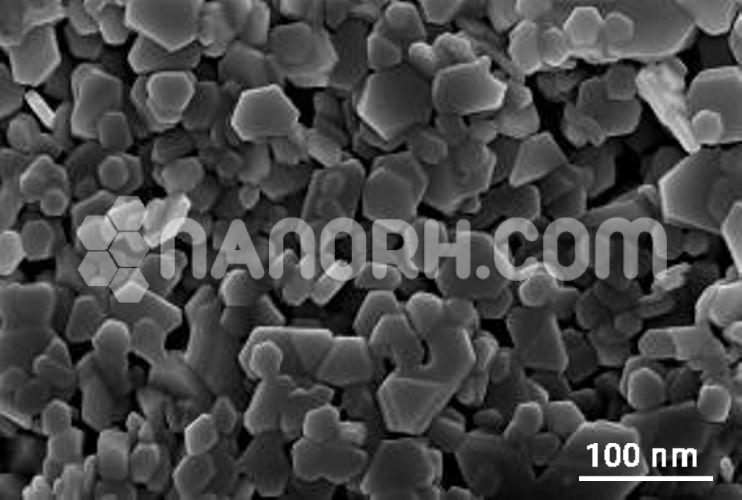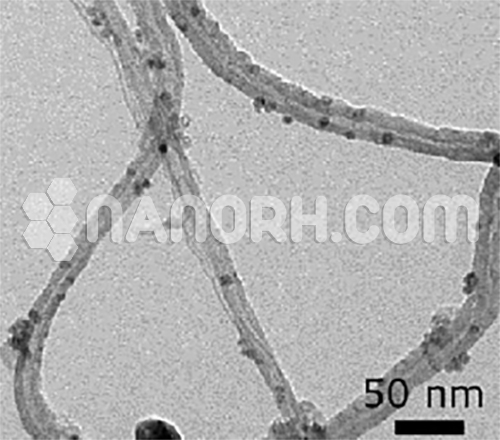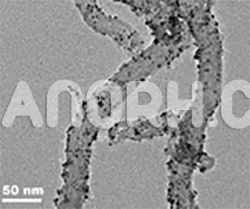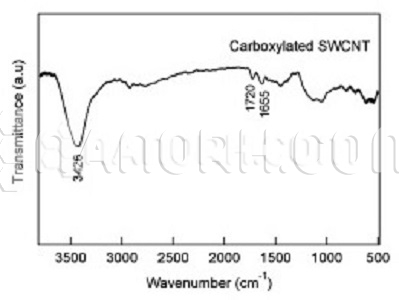| Research Grade Graphene Nanoplatelets Water Dispersion | |
| Product No | NRE-39023 |
| CAS No. | NA |
| Purity | >99.5 |
| Average Diameter | 4-12um |
| Average Length | NA |
| Special Surface Area(SSA) | NA |
| Tap Density | NA |
| True Density | NA |
| Electric Conductivity | NA |
Research Grade Graphene Nanoplatelets Water Dispersion
Introduction
Research grade graphene nanoplatelets (GNPs) are a form of graphene that consist of multiple layers of graphene sheets stacked together. These nanoplatelets have properties that lie between pristine graphene and graphene oxide, making them particularly useful in a variety of applications. While they offer exceptional conductivity, mechanical strength, and thermal properties, their dispersibility in liquids (especially in water) is often a key challenge.
Applications
Composites and Materials Science
Polymer Nanocomposites: One of the most common applications of graphene nanoplatelets in water dispersion is their incorporation into polymer matrices to create nanocomposites. Water dispersions of GNPs enable the easy incorporation of graphene into polymers, leading to composite materials with enhanced properties such as improved mechanical strength, electrical conductivity, and thermal conductivity.
Coatings and Films: Water dispersions of graphene nanoplatelets are used to create thin films or coatings that can enhance the corrosion resistance, electromagnetic shielding, and thermal conductivity of various substrates. For example, in electromagnetic interference (EMI) shielding, the graphene nanoplatelet dispersion can be applied as a coating on plastics or metals to protect electronics from external interference while also enhancing the thermal management.
Conductive Paints and Inks: GNPs dispersed in water can be used in conductive inks or paints, which can be printed onto flexible substrates to create wearable electronics, RFID tags, sensors, and solar cells. These conductive films benefit from the high electrical conductivity and mechanical flexibility of the graphene material.
Energy Storage Devices
Supercapacitors: Water-dispersed graphene nanoplatelets are used to manufacture supercapacitors (also known as ultracapacitors), where they improve the energy storage capacity, charge/discharge efficiency, and cycle stability of the capacitors. The high surface area and electrical conductivity of graphene nanoplatelets make them ideal materials for electrodes in energy storage devices, contributing to high power density and longer service life.
Batteries: GNPs in water dispersion are used in battery electrodes, such as for lithium-ion and sodium-ion batteries, to improve the conductivity and capacity retention of the electrodes. The dispersion of GNPs allows for uniform mixing with other materials, improving the overall performance of the battery, including faster charge/discharge rates and increased stability during cycles.
Hybrid Energy Storage Systems: Graphene nanoplatelets are also incorporated into hybrid systems that combine the benefits of batteries and supercapacitors, offering high energy density and fast charge times. These systems are useful in applications requiring rapid energy release, such as in electric vehicles or renewable energy storage.




